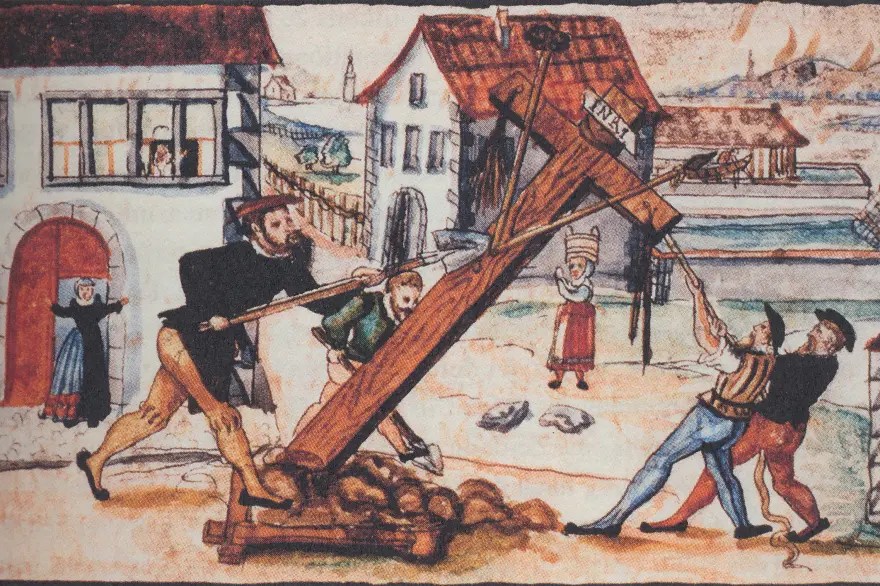Comparison of market crises by percentage drop
The financial markets have been in turmoil over the past few days, with major indices experiencing sharp declines reminiscent of past economic crises. As of April 4, 2025, the Dow Jones Industrial Average dropped over 2,200 points in one day, while the S&P 500 and Nasdaq saw declines of 6% and nearly 6%, respectively. This sell-off has erased nearly $5 trillion in market capitalization within just two trading days, marking the worst market performance since the COVID-19 pandemic.
This article will analyze the current market meltdown, compare it to historical financial crises, and provide insights into how individuals can protect their financial assets during such turbulent times.
The current market meltdown
The recent market crash was triggered by a combination of aggressive trade policies and retaliatory tariffs. President Trump’s announcement of sweeping tariffs on April 2, dubbed “Liberation Day,” caused panic selling across global markets. Within two days, the Dow Jones lost over 4,000 points (a 9.48% drop), while the Nasdaq and S&P 500 entered bear market territory with losses exceeding 10% from their peaks.
Key figures:
- Dow Jones: -2,231 points (-5.50%) on April 4.
- S&P 500: -6% on April 3; -5.97% on April 4.
- Nasdaq: -5.97% on April 3; -5.82% on April 4.
While these numbers are alarming, it is crucial to put them into perspective by comparing them to historical market crises.
Historical comparison of market crises
To better understand the severity of the current downturn, let’s compare it to three significant financial crises: the Great Depression (1929), the Dot-com Bubble (2000), and the 2008 Financial Crisis.
1. The Great depression (1929)
The stock market crash of October 1929 remains the most catastrophic in history. The Dow Jones fell an astounding 89.2% from its peak in September 1929 to its bottom in July 1932. This event led to widespread unemployment, bank failures, and a decade-long economic depression.
2. Dot-com bubble (2000)
The bursting of the Dot-com Bubble saw the Nasdaq index plummet by 76.81% between March 2000 and October 2002. Overinflated valuations of tech companies and speculative investments fueled this crash, wiping out trillions of dollars in wealth.
3. The 2008 financial crisis
Triggered by a collapse in the subprime mortgage market, the global financial crisis resulted in a 50% decline in major stock indices like the S&P 500 from their peaks in late 2007. This crisis had far-reaching effects on global economiesand led to a prolonged recession.
4. The current market meltdown (2025)
In comparison, the current market drop is significantly smaller at around 20% for major indices like the Nasdaq and Russell 2000. While concerning, this decline pales in comparison to previous crises.
Visual comparison
Below is a bar chart illustrating percentage drops during these crises:
| Crisis | Percentage Drop (%) |
|---|---|
| Great Depression (1929) | 89.2 |
| Dot-com Bubble (2000) | 76.81 |
| Financial Crisis (2008) | 50 |
| Market Meltdown (2025) | 20 |

Source: DGLegacy® — Digital legacy planning and financial asset protection platform
What should you do?
The current downturn is undoubtedly unsettling for investors. However, history shows that markets eventually recover from even the most severe crashes. Here are some key takeaways:
1. Avoid panic selling
Selling during a downturn locks in losses and prevents you from benefiting when markets rebound. Unless you urgently need cash, it’s better to hold onto your investments or even consider buying at lower prices.
2. Think long-term
Market volatility is part of investing. Focus on your long-term goals rather than short-term fluctuations.
3. Diversify your portfolio
A well-diversified portfolio can help mitigate risks during turbulent times.
Protecting your financial and digital assets
In addition to managing your investments wisely, it’s essential to secure your financial and digital assets through legacy planning services like DGLegacy®. Unexpected events can disrupt not only markets but also personal lives, leaving loved ones without access to critical financial information.
With DGLegacy®:
- You can ensure your assets are protected and accessible to designated beneficiaries.
- Digital legacy planning safeguards your investments, savings accounts, and other assets against unforeseen circumstances.
- Beneficiaries receive clear instructions on accessing your assets without legal or bureaucratic hurdles.
Conclusion
While the current market meltdown is concerning, it is relatively mild compared to historical crises like the Great Depression or the Dot-com Bubble. The worst thing investors can do during such times is panic sell; instead, focus on long-term strategies and consider buying when prices are low.
At DGLegacy®, we believe that protecting your financial and digital assets is as important as managing them wisely during market downturns. While we are not financial advisors and do not provide financial advice, we encourage you to plan for both your present and future with confidence.
Stay calm, stay informed—and remember that markets always recover over time!
Publisher: Source link











